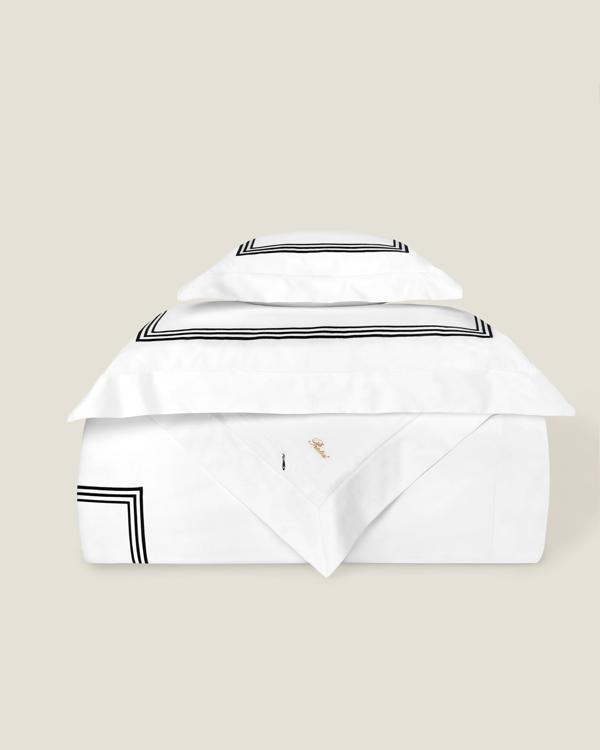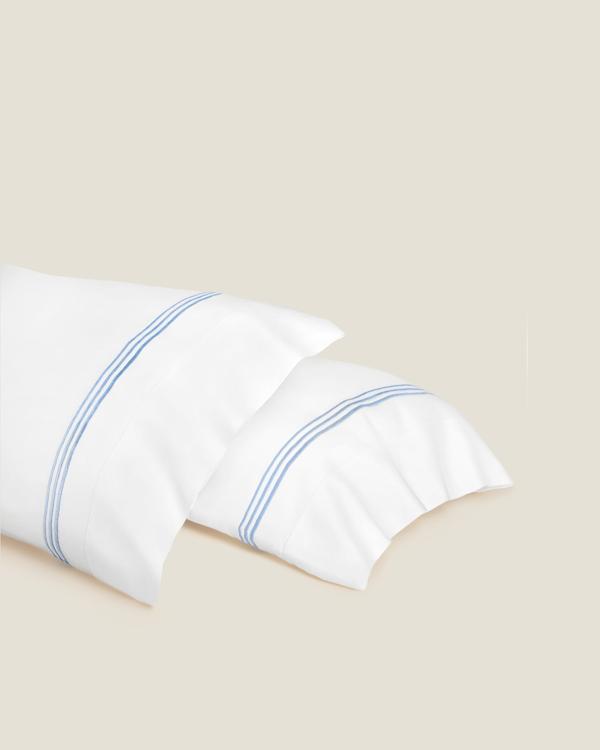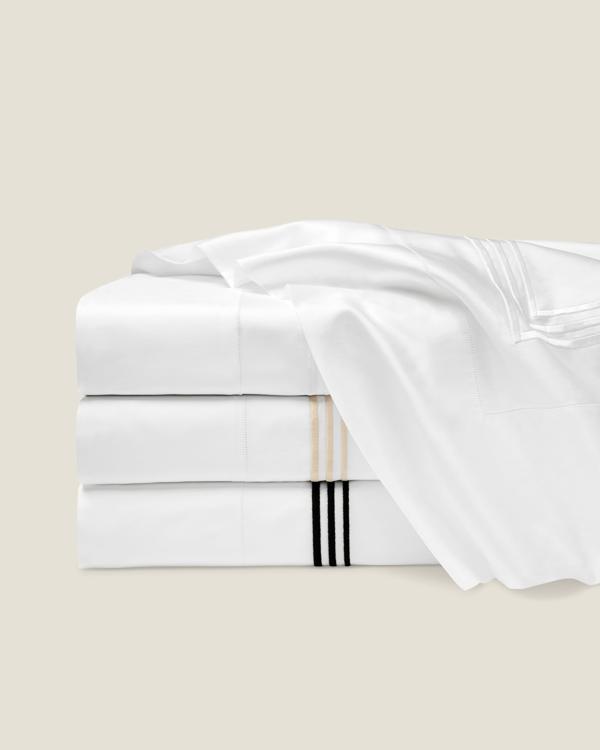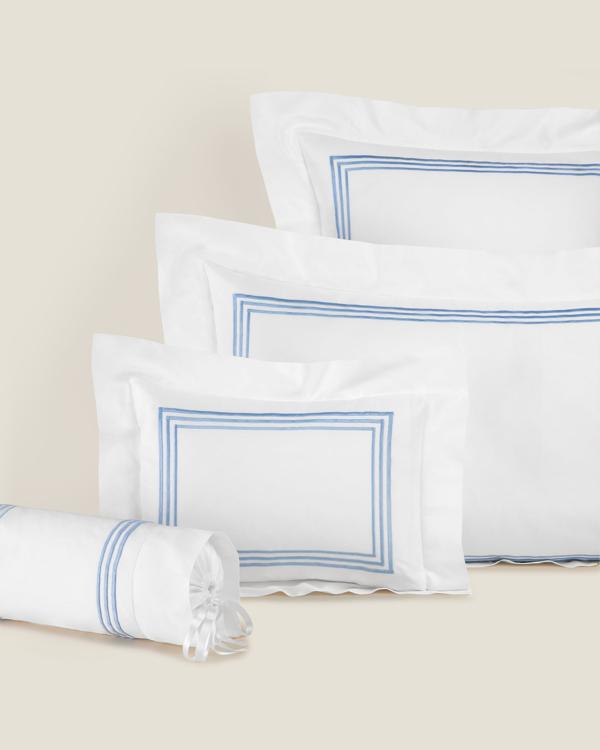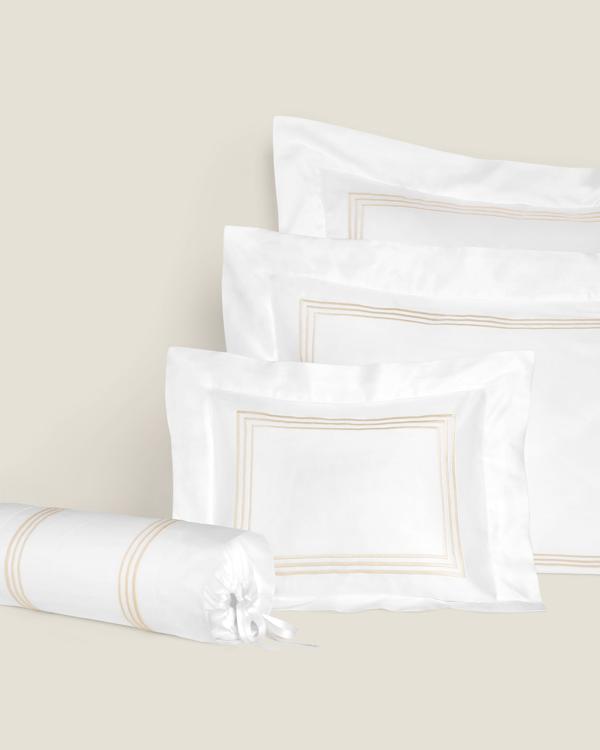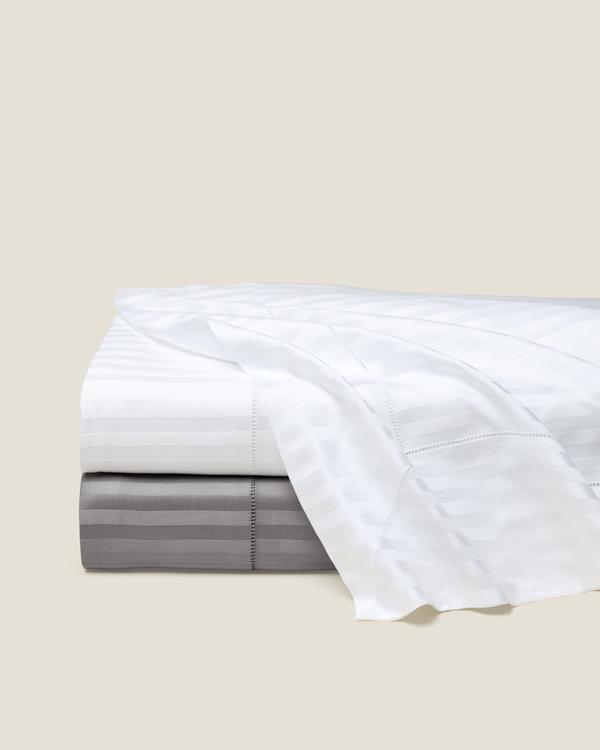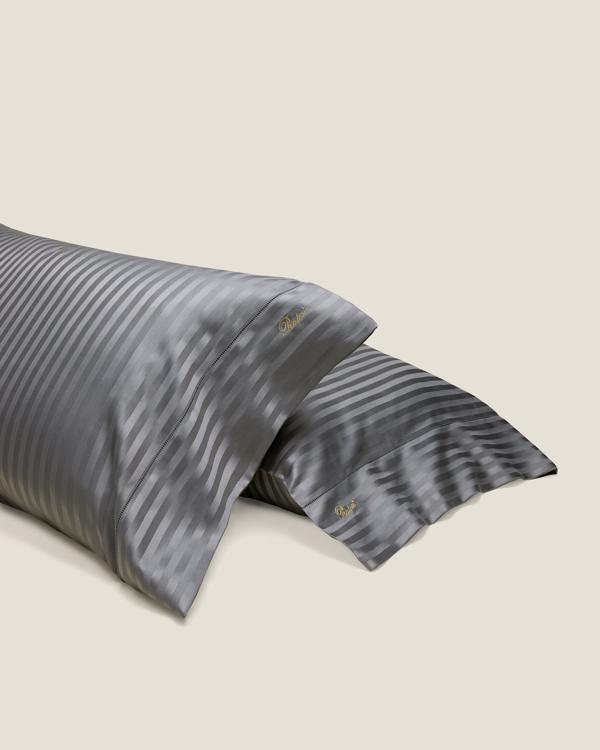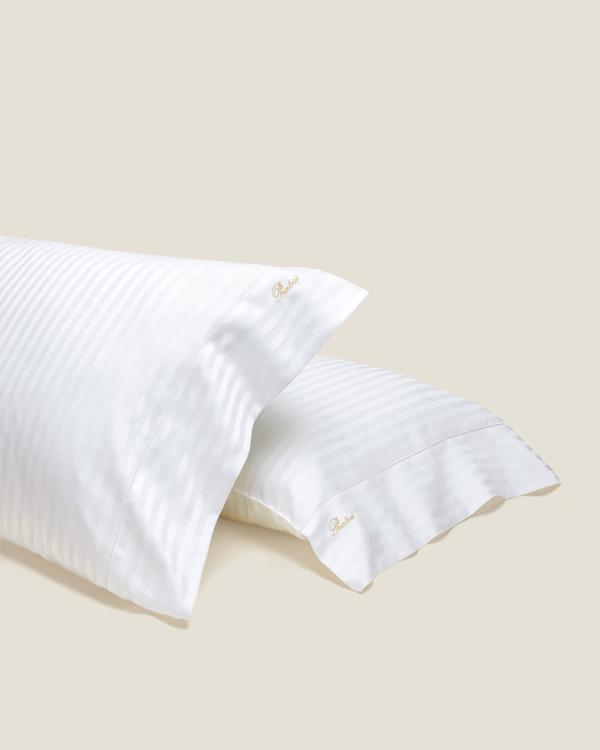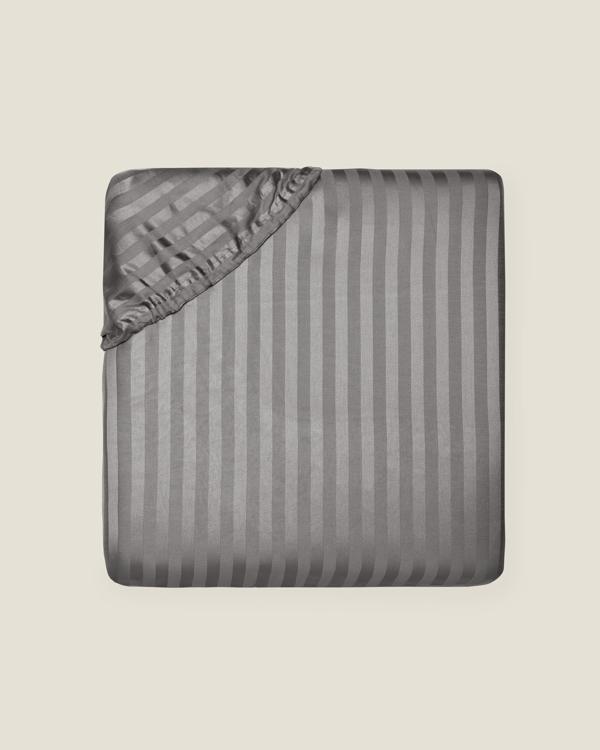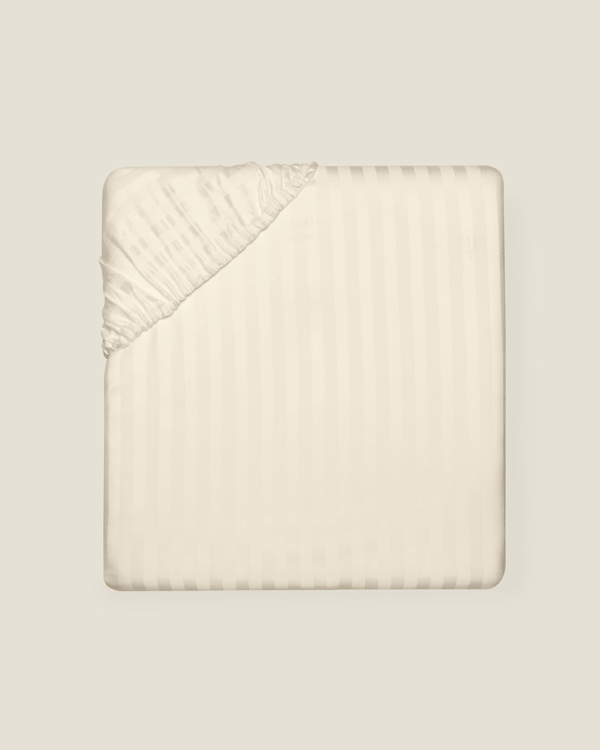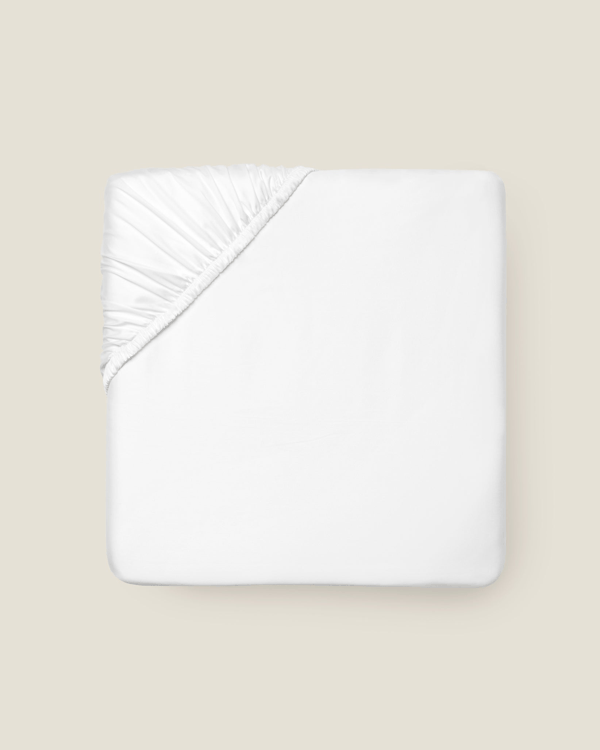An Interview with Charlotte Taylor
Photo by Thea Caroline Sneve Løvstad
Your work often weaves together architecture, interiors, and narrative. If you were to distill your design language into a few defining words or themes, what would they be?
I think of my work as a choreography of space, where architecture, objects, and the narrative of life converse with one another. Intimacy, storytelling, and the layering are words that feel at home in my design practice. Each project becomes a kind of domestic theatre, where design is less about fixed function and more about experience.
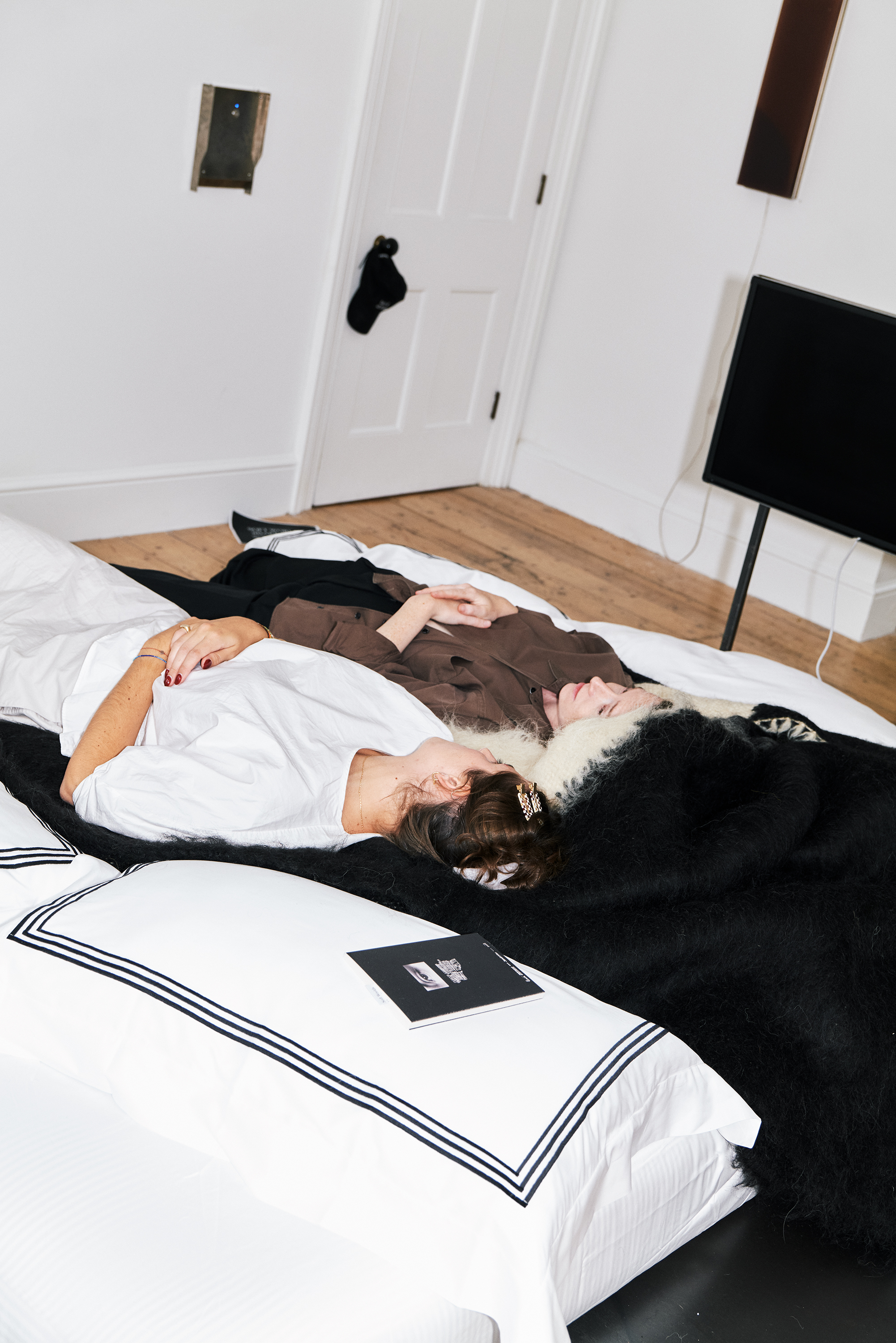
Beyond the realm of design, where do you find creative nourishment—whether in cinema, fine art, literature, or the quieter rhythms of everyday life?
Books are a big source of inspiration , writers like Georges Perec or Marguerite Duras, who observe the small rituals of daily life with such clarity. Cinema too has a big influence on how I think about framing and atmosphere. On a more daily basis, it’s the overlooked rhythms of the everyday that spark a lot of ideas and projects, the change in light throughout the day, background noises and rituals we perform, those feel like the richest material.
Photo by Timothy Salisbury
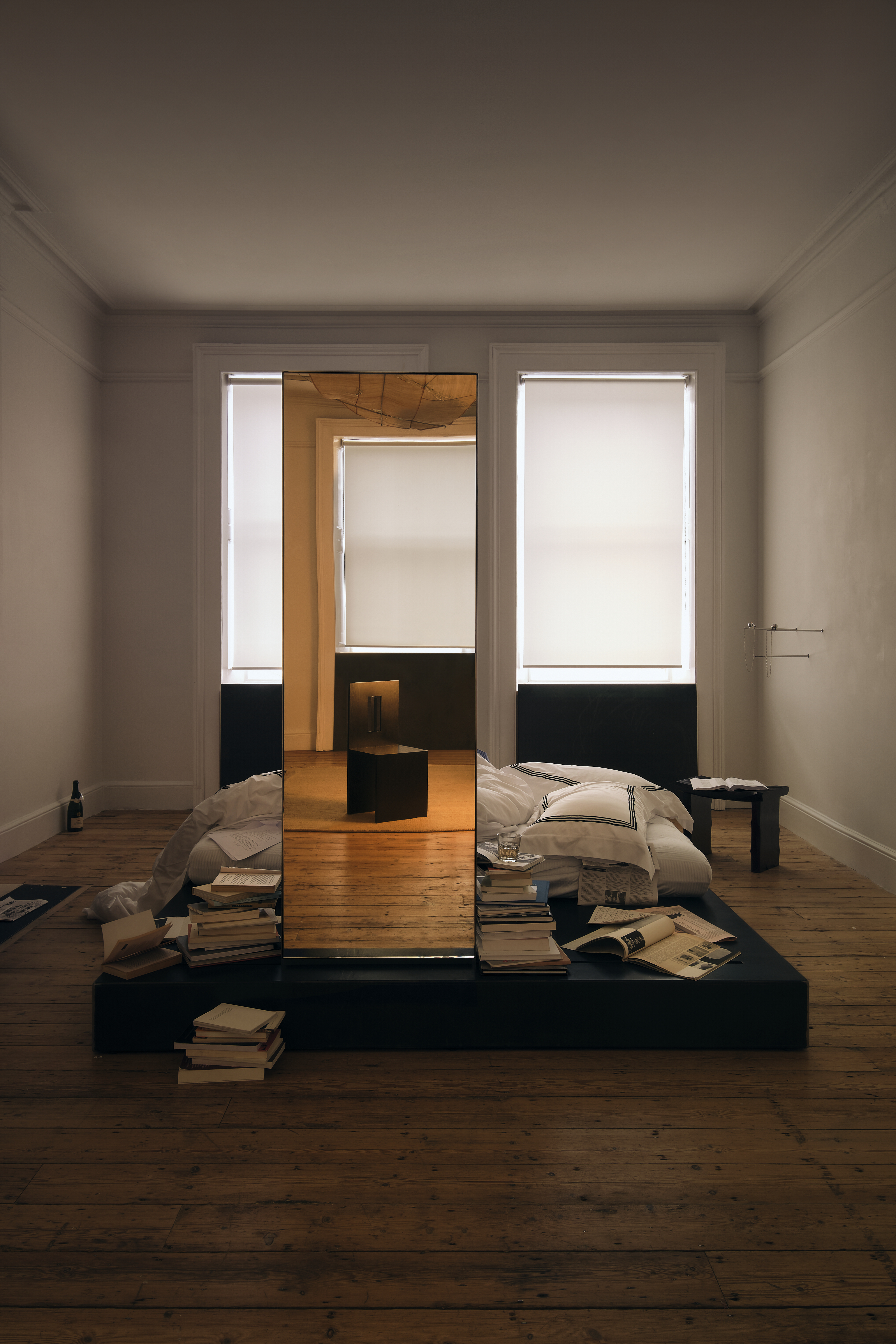
This exhibition centers on the bedroom—a space of intimacy, introspection, and transformation. What, in your view, gives the bedroom such potency as a canvas for storytelling?
The bed was imagined almost as an instrument, adaptable and in dialogue with its surroundings and relative time. Its track system allows attachments to shift, a mirror, a lamp, a table and so on, so that the bed evolves with its occupant. It’s about acknowledging that the bed is not only for sleeping, but for reading, watching, reflecting, even working. It expresses a kind of fluidity, where furniture adapts to the many states of living.
Photo by Ollie Tomlinson
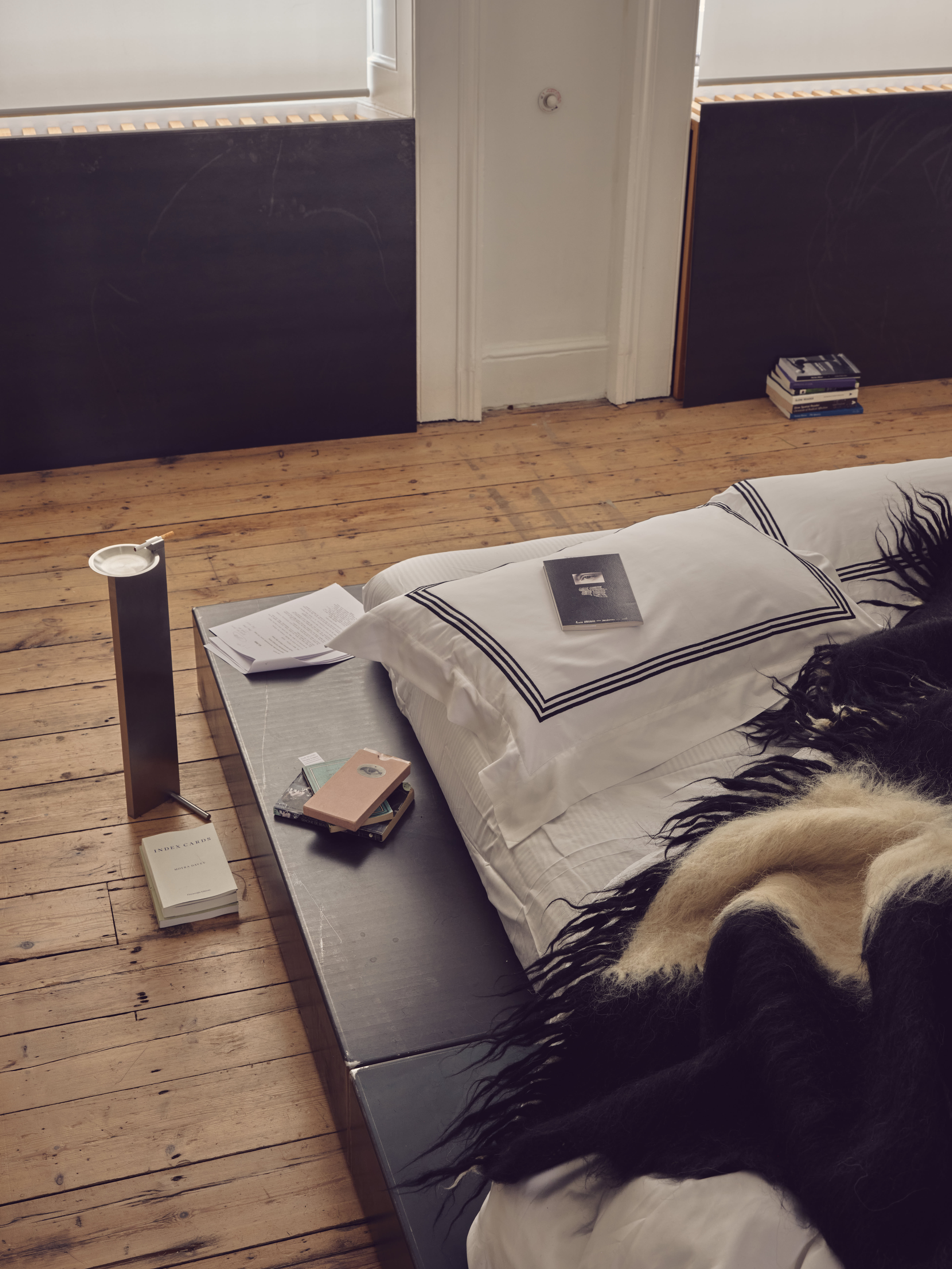
The bed you’ve conceived for this show is responsive—shifting with its occupant’s mood and moment. Could you share more about its design and what it is intended to express or evoke?
The bed was imagined almost as an instrument, adaptable and in dialogue with its surroundings and relative time. Its track system allows attachments to shift, a mirror, a lamp, a table and so on, so that the bed evolves with its occupant. It’s about acknowledging that the bed is not only for sleeping, but for reading, watching, reflecting, even working. It expresses a kind of fluidity, where furniture adapts to the many states of living.
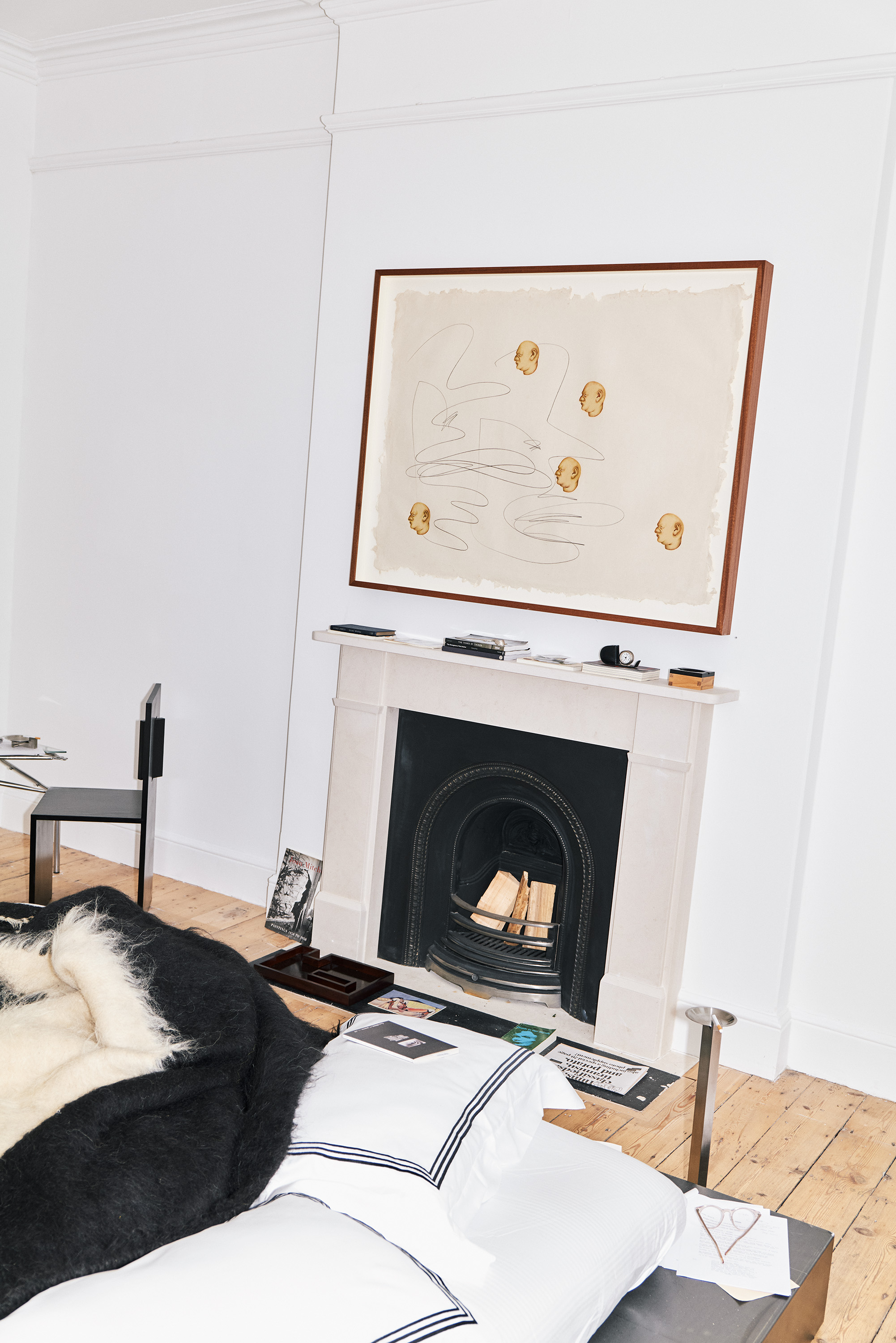
In your own sanctuary, how do elements like textiles and bedding shape atmosphere—your sense of retreat, intimacy, or restoration?
Textiles are the quickest way to shift the character of a room. They bring warmth, softness, and a sense of life that even architecture can’t always achieve. Bedding is what makes a space truly my own, it turns a room into somewhere to retreat, to pause, and to feel at home.
Pratesi has long approached linens as both craft and art. How do you see luxury bedding enhancing or transforming the experience of your bed design?
Luxury bedding has the ability to heighten the senses, not in a decorative way, but through the senses, with touch, weight, and intimacy. With a design that is already about adaptability and mood, Pratesi’s linens become the final layer that completes the performance, anchoring the bed in comfort, tactility, and heritage.
In your own sanctuary, how do elements like textiles and bedding shape atmosphere—your sense of retreat, intimacy, or restoration?
Textiles are the quickest way to shift the character of a room. They bring warmth, softness, and a sense of life that even architecture can’t always achieve. Bedding is what makes a space truly my own, it turns a room into somewhere to retreat, to pause, and to feel at home.
Pratesi has long approached linens as both craft and art. How do you see luxury bedding enhancing or transforming the experience of your bed design?
Luxury bedding has the ability to heighten the senses, not in a decorative way, but through the senses, with touch, weight, and intimacy. With a design that is already about adaptability and mood, Pratesi’s linens become the final layer that completes the performance, anchoring the bed in comfort, tactility, and heritage.
What possibilities most excite you about the dialogue between Pratesi’s legacy of craftsmanship and your vision for this exhibition?
What excites me is the meeting point between legacy and experiment. Pratesi carries a history of precision, beauty, and care, while my work often pushes towards staging and narrative. Together, they can create a dialogue where craft meets story, and where the private space of the bedroom becomes both intimate and expansive.

